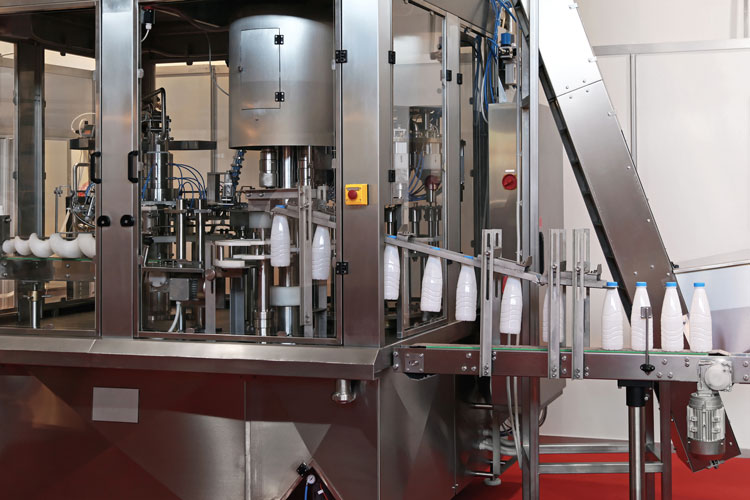
It’s the very reason that Dean Foods hemorrhaged a $260 million fourth quarter loss.
Not too long ago, Dean Foods was America’s leading dairy company. That is no longer the case. In 2007, Dairy Foods magazine ranked the Dallas, Texas, conglomerate as America’s leading dairy company with $11.8 billion in product sales.
In 2017, Dean slipped to No. 3 as Nestle USA and Saputo catapulted past the fluid milk company on Dairy Foods “The Dairy 100 List." The ranking is not the issue; it’s the $3 billion in reduced sales that has the company reeling financially these days. In 2017, sales fell to $7.8 billion. And last year’s data will be even worse.
A business in trouble
Dean Foods has multiple issues.
Its processing plant infrastructure is aging. Also, other fluid milk brands have shown far more innovation in the past decade than the Dallas-based company with 65 processing plants scattered across the country.
Even more troubling for the business has been that key accounts, such as Walmart and the company that owns the Food Lion chain, cut business ties with Dean Foods and made the decision to process their own milk.
The situation is so dire for Dean Foods that “it would consider a sale, going private, selling assets, forming a joint venture, or pursuing a merger,” wrote Heather Hadden in a February 28, 2019, article in The Wall Street Journal. As that report came out, shares of the company fell 14 percent. “Dean also suspended its dividend and forward financial guidance while it reviews options for its struggling business,” wrote Hadden.
Fluid sales slip
With its business model heavily focused on fluid milk, Dean Foods has its issues. While 2018 data soon will be released by USDA, the numbers will likely be down further from 2017 when fluid milk sales fell to a 75-year low of 48.6 billion pounds. That compares to 47.8 billion in 1943, but there is a big difference between those two years.
In 1943, there were 137 million people in the U.S., leading to 371 pounds or 43.1 gallons of fluid milk consumption by every American as detailed in “Fluid milk consumption falls to a 75-year low.” These days, fluid milk consumption has plummeted to 149 pounds or 17.3 gallons per person.








